1.1 Eligible beneficiaries/users
Researchers working at universities and research institutes in the cross-border region (South Moravia, South Bohemia, Vysočina, Oberösterreich, Niederösterreich, Wien). Only external academic users (users from other research institutes and universities than RIAT-CZ partner institutions) can apply for access. This call is NOT eligible for private companies. One user can use more than one access but only in a different area predefined in the table.
1.2 Available equipment and services for this call
The following VBCF core facilities participate in the call:
• Bioinformatics & Scientific Computing
• Electron Microscopy
• Next Generation Sequencing
• Plant Sciences
• Protein Technologies
• Advanced Microscopy
• Preclinical Phenotyping
• Preclinical Imaging
The following CEITEC core facilities participate in the call:
• CEITEC Nano Research Infrastructure (CEITEC BUT)
• Biomolecular Interactions and Crystallization
• Nanobiotechnology Core Facility
• Cryo-electron Microscopy and Tomography
• Genomics Core Facility
• Multimodal and Functional Imaging Laboratory
• Plant Sciences Core Facility
• Bioinformatics
The following FNUSA-ICRC core facility participates in the call:
• Animal Center
For more information about equipment and services available within this call please read Core Facilities Profile Cards.
1.3 Selection process
The selection process is composed of two steps:
• Technical feasibility –
heads of the respective CEITEC/VBCF/FNUSA-ICRC core facilities judge the technical feasibility of the submitted research project at their facilities (YES/NO decision).
• Financial feasibility –
for each access, only a limited amount of support can be provided in respect to the total budget dedicated to the project. Financial feasibility will be evaluated and negotiated individually for each proposal.
All received project proposals to be implemented at CEITEC/VBCF core facilities will be forwarded to the selection process immediately. Assessment of proposals realized at FNUSA-ICRC Animal Center is postponed. If the proposals are evaluated positively, the applicants are invited to conduct their experiments.
1.4 Deadlines and funding
The call is open from 1st October 2018 until the capacity for open accesses will be depleted. All projects must be implemented by 29th February 2020.
Fill in the application form accessible HERE and send by email to lada.fialova@vbcf.ac.at. State “RIAT-CZ proposal” in the subject line.
Project proposals that successfully pass through the selection procedure will be supported by RIAT-CZ project funded via programme Interreg V-A Austria – Czech Republic. Use of the research infrastructures including training and interpretation of the obtained results is provided for free; the users will be obliged to provide his/her own samples in a sufficient quality. The grant does not cover travel & accommodation expenses.
2. General Conditions of Access
2.1 Intellectual property
Intellectual property generated within the research projects belongs to the user.
2.2 Nature of research and publication of results:
This call intends to support projects of basic and applied research conducted at academic institutions. All research results achieved under this call shall be published.
2.3 Acknowledgments
Publications resulting from the work undertaken at core facilities in the framework of RIAT-CZ project have to contain an acknowledgment according as follows:
RIAT-CZ project (ATCZ40) funded via Interreg V-A Austria – Czech Republic is gratefully acknowledged for the financial support of the measurements at the CF
[name of the CF+ name of the institution].
A similar acknowledgment should be included during conference presentations, including the proceedings, and at other public presentations.
Users shall notify RIAT-CZ project managers of all publications resulting from this open access call. A PDF file and reference details of a publication as soon as it has been published are necessary. Please indicate the type of publication: Scientific Journal, Book, Patent, Proceedings, an article on www, other. These publications should also carry the acknowledgment given above.
2.4 Safety requirements
Users must comply with all relevant health and occupational safety rules.
Users who carry potentially dangerous materials and/or equipment must notify the CF Head and host organization.
All visitors bringing material, including samples or equipment are advised that such equipment or material remains entirely in the responsibility of the visitors concerned.



